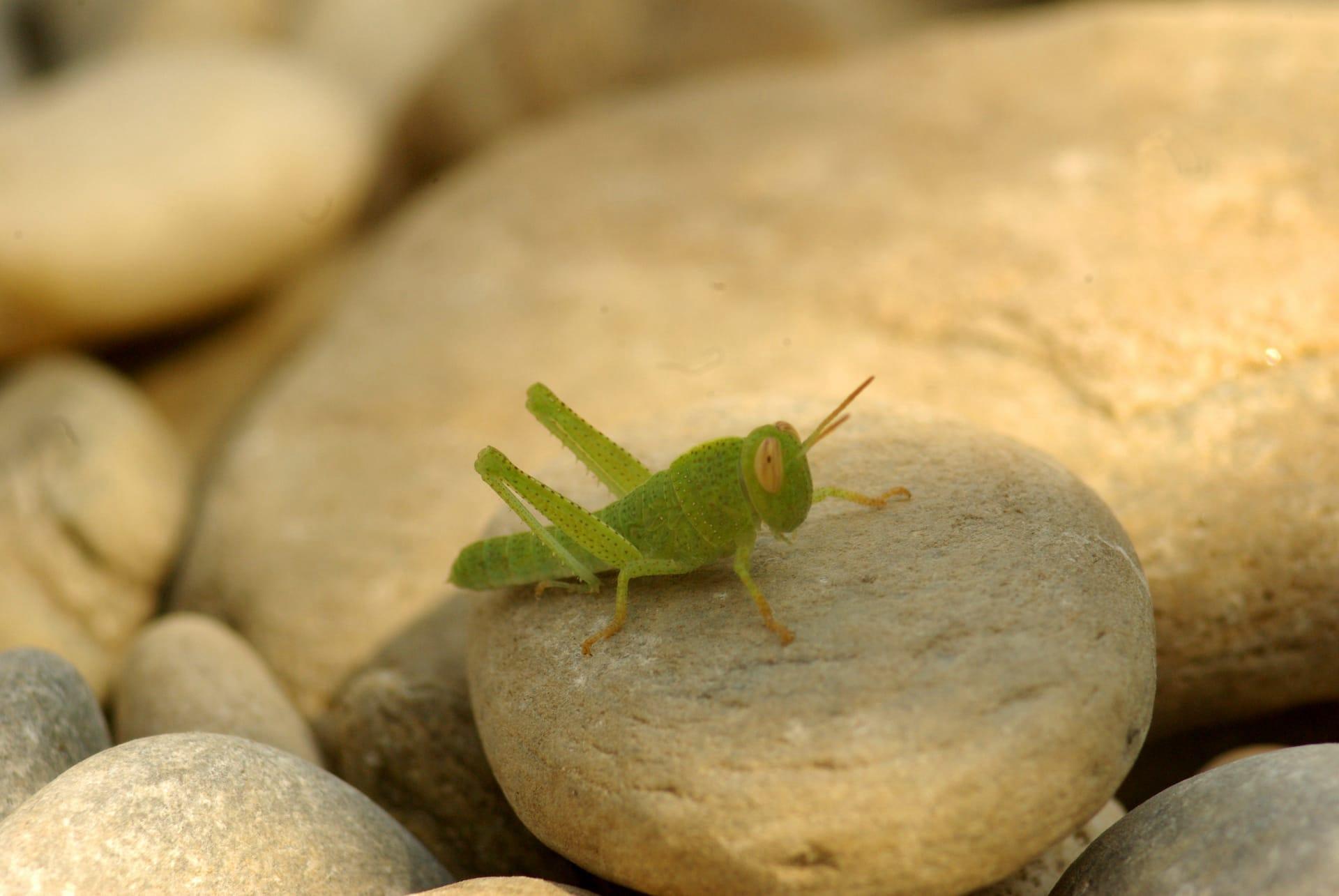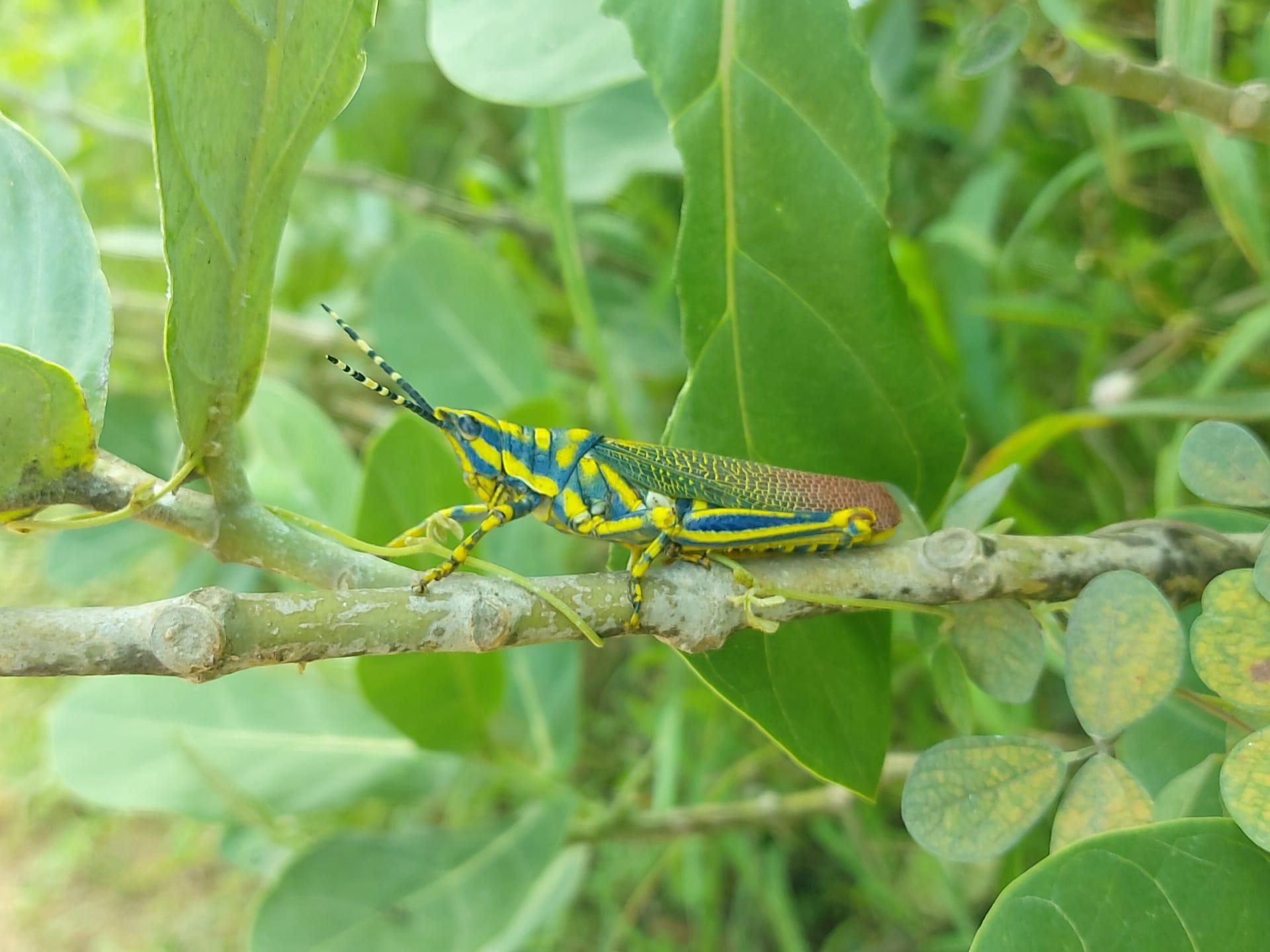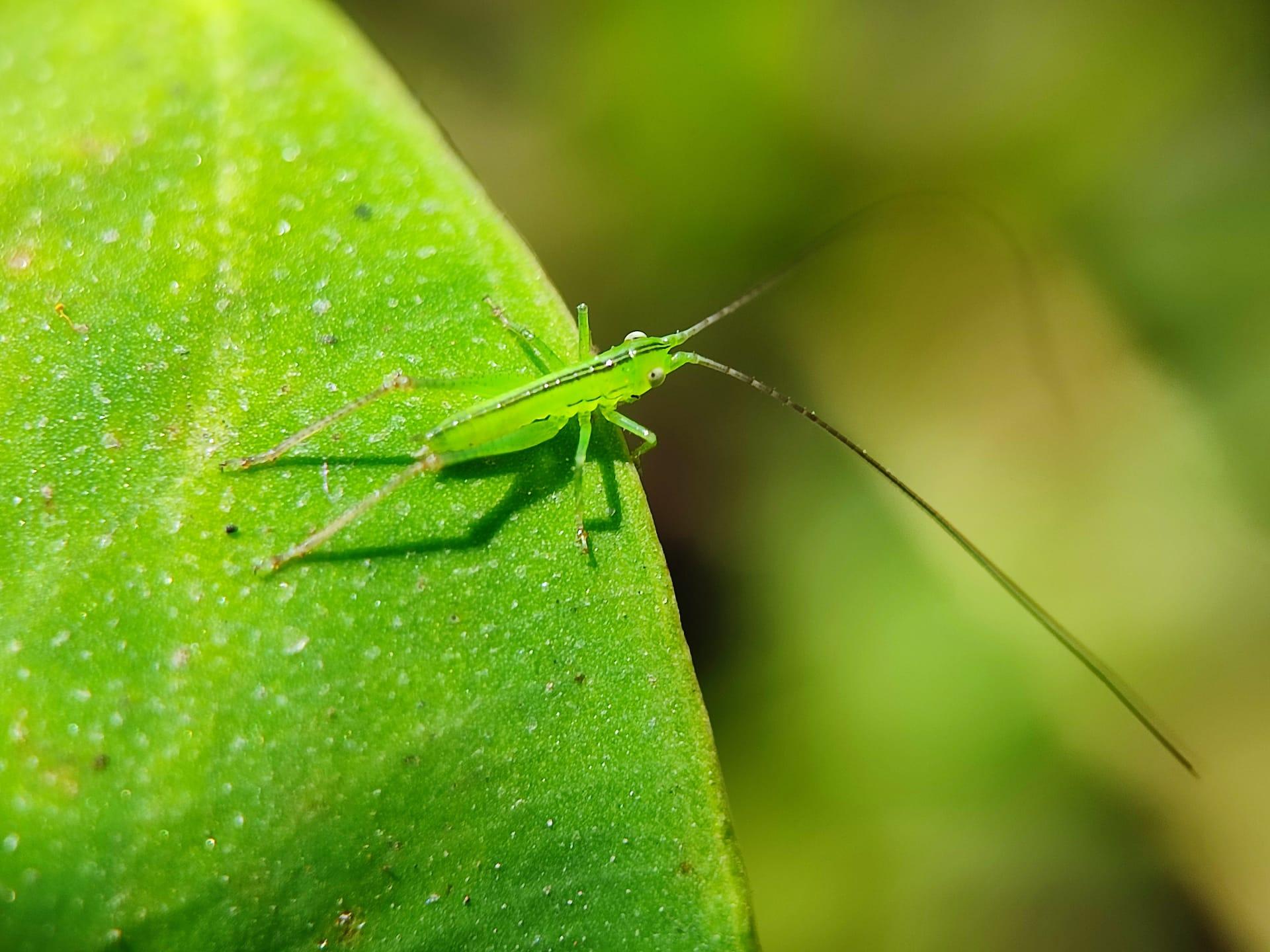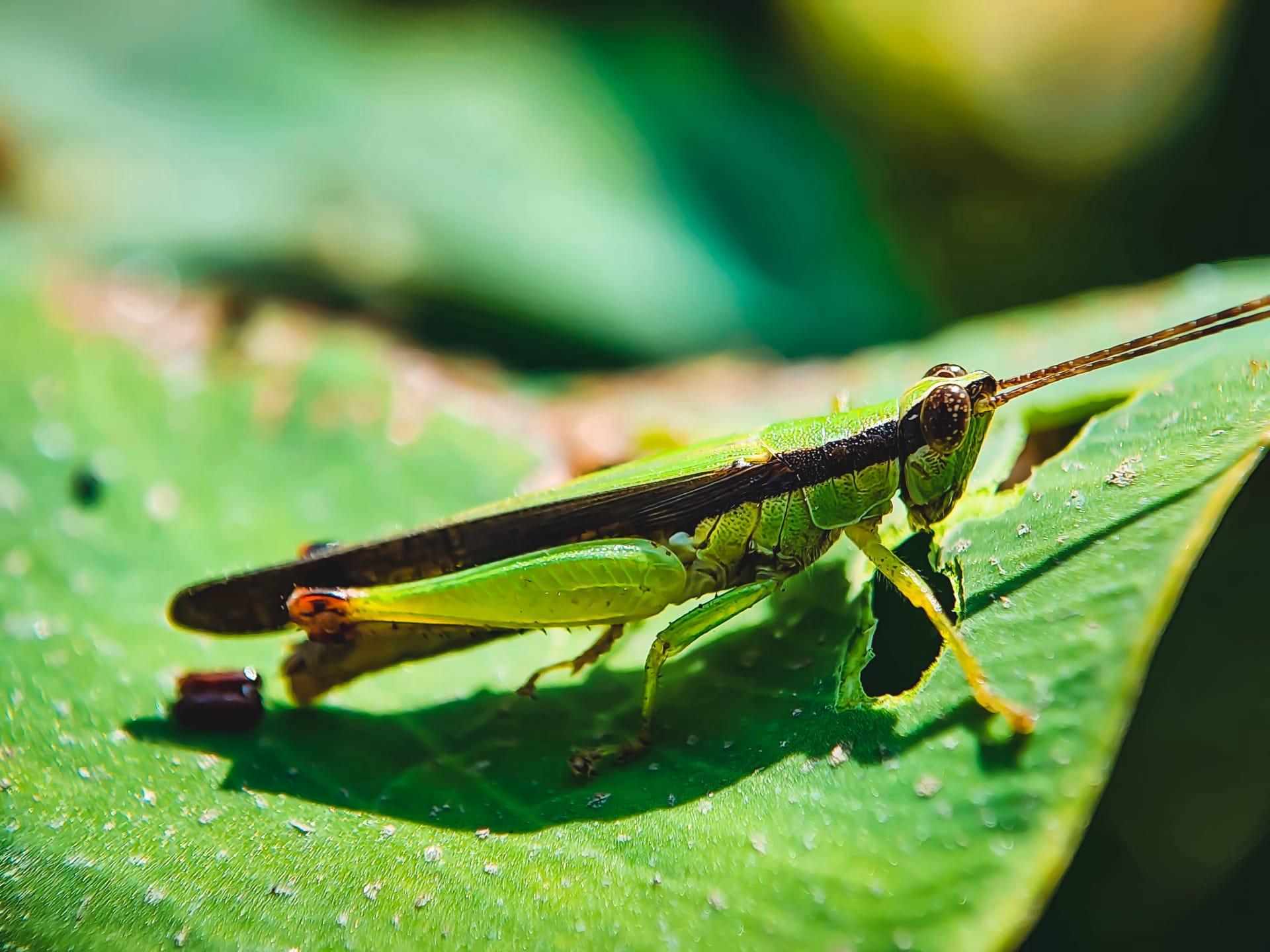1
Leaf hoppers, a dynamic group of insects, exhibit a fascinating trait known as "jumping." These tiny creatures, often no larger than a quarter of an inch, can leap distances up to 100 times their body length. To put this in perspective, if a human had the same ability, they could effortlessly jump the length of a football field. This remarkable jumping is powered by their strong hind legs, which work like a coiled spring, releasing energy in a sudden burst.
Another intriguing aspect of leaf hoppers is their method of communication. They produce sounds not by vocal cords, but through a process called "stridulation." This involves rubbing certain body parts together, like their legs against their wings, to create a series of clicks and buzzes. These sounds are not just random noise but carry specific messages, such as attracting mates or signaling danger. The frequency of these sounds can range up to several kilohertz, often beyond human hearing range.

2
Leaf hoppers have a unique relationship with the plants they feed on. They are known for their "sap-sucking" habit, where they pierce the plant cells and feed on the sap inside. However, this doesn't just affect the plant's health; it also plays a role in the ecosystem. The excess sugar from the sap is excreted by the leaf hoppers as a sweet, sticky substance called "honeydew." This honeydew is a favorite among ants, leading to a symbiotic relationship where ants protect leaf hoppers from predators in exchange for the sugary treat.
Leaf hoppers also exhibit a form of mimicry, which is not just visual but chemical. They can emit chemicals that mimic those found in the plants they inhabit. This chemical mimicry helps them to evade predators by blending in with the plant's own chemical signals. This is a sophisticated survival strategy, showcasing the leaf hopper's ability to adapt and coexist within its environment, often tricking even the keenest of predators.

3
The life cycle of leaf hoppers is a study in efficiency and adaptability. They undergo incomplete metamorphosis, meaning their life cycle includes three stages: egg, nymph, and adult. The nymph stage is particularly interesting as it resembles a miniature version of the adult but without wings. Nymphs go through several molts, shedding their skin as they grow, and with each molt, they progressively develop wing buds, eventually leading to fully formed wings in adults.
Leaf hoppers have a unique way of dealing with plant defenses. Many plants release toxic substances when attacked, but leaf hoppers have evolved a countermeasure. They possess specialized enzymes in their digestive system that neutralize these toxins, allowing them to feed on a variety of plants that might be lethal to other insects. This adaptation not only demonstrates their resilience but also their role in shaping the plant-insect dynamics within their ecosystem.

4
Leaf hoppers are not just passive feeders; they actively influence the plants they feed on. Their feeding activity can cause a condition known as "hopper burn." This occurs when they inject saliva into the plant while feeding, which disrupts the plant's normal growth patterns. The symptoms include yellowing of leaves, stunted growth, and in severe cases, death of the plant. This impact highlights the significant role leaf hoppers play in their habitats, both as consumers and inadvertent modifiers of plant health.
Another fascinating fact about leaf hoppers is their contribution to the wine industry's challenges. Certain species of leaf hoppers are vectors for plant diseases, notably the Grapevine Yellow Speckle Viroid. This disease affects grapevines, leading to yellowing of leaves and reduced grape quality, which directly impacts wine production. Controlling leaf hopper populations in vineyards is crucial, as their presence can mean the difference between a successful harvest and a compromised crop.

5
Leaf hoppers are also known for their role in biodiversity. They are found in a wide range of environments, from tropical rainforests to temperate grasslands. This adaptability is due in part to their varied diet, as they feed on over 200 plant species. This diet diversity not only allows them to thrive in different habitats but also makes them a key link in the food web, serving as a food source for various predators like birds, spiders, and small mammals.
Leaf hoppers are bioindicators, meaning their presence or absence can indicate the health of their environment. Scientists study leaf hopper populations to monitor ecosystem health and biodiversity. A diverse and healthy leaf hopper population often signifies a well-balanced ecosystem, whereas a decline can signal environmental problems. This makes leaf hoppers more than just fascinating insects; they are important players in understanding and maintaining the health of our planet's ecosystems.